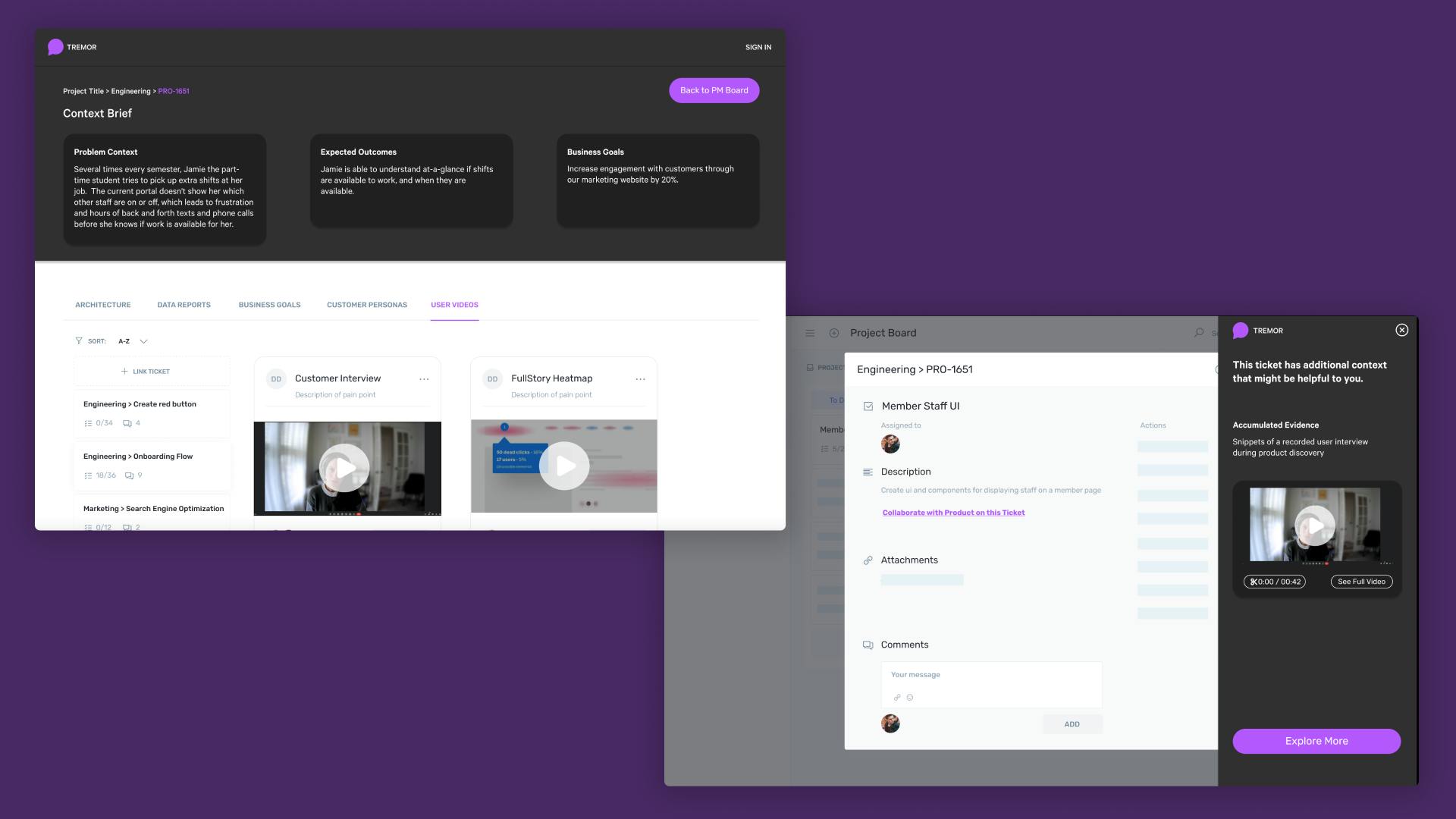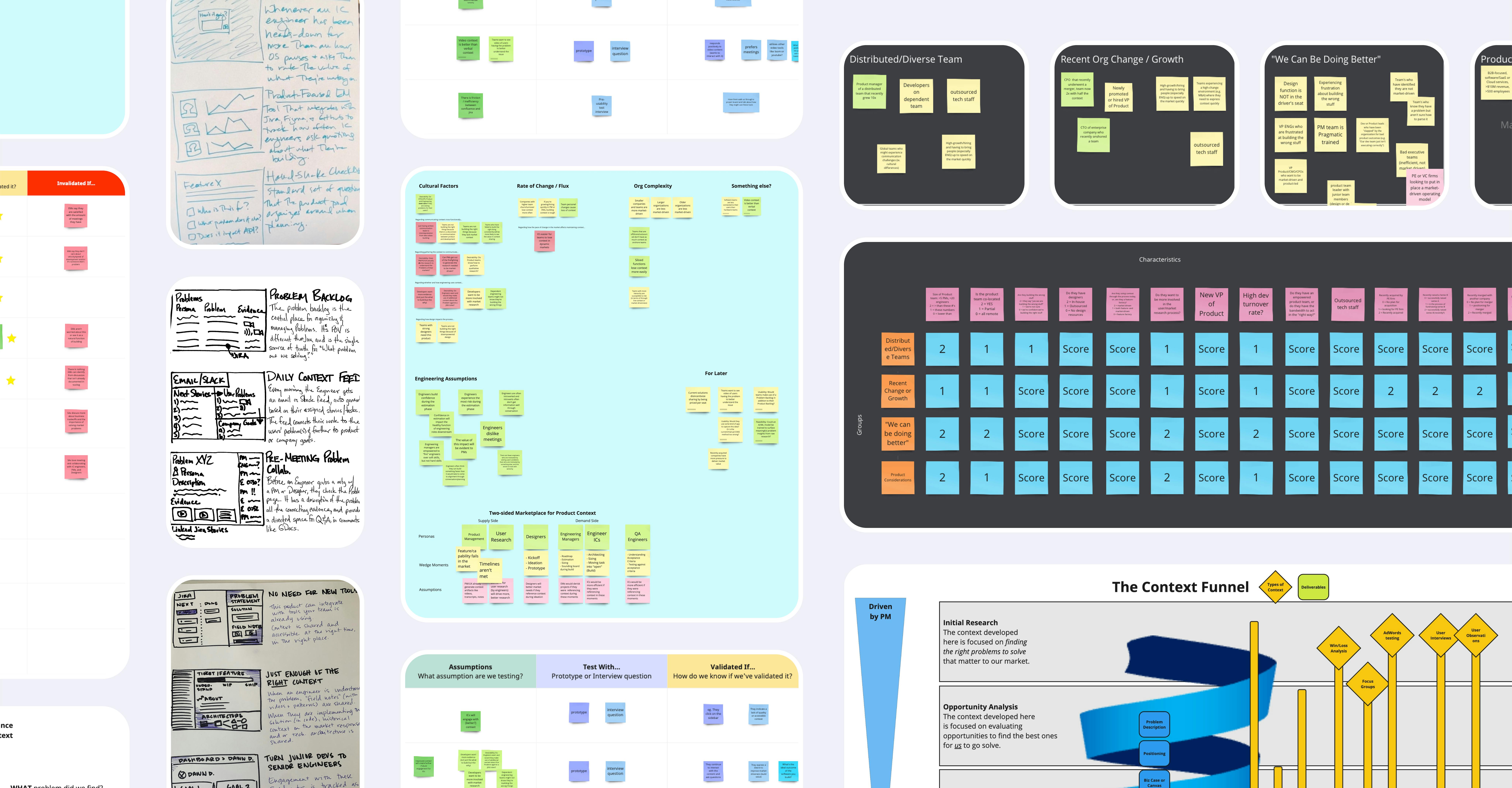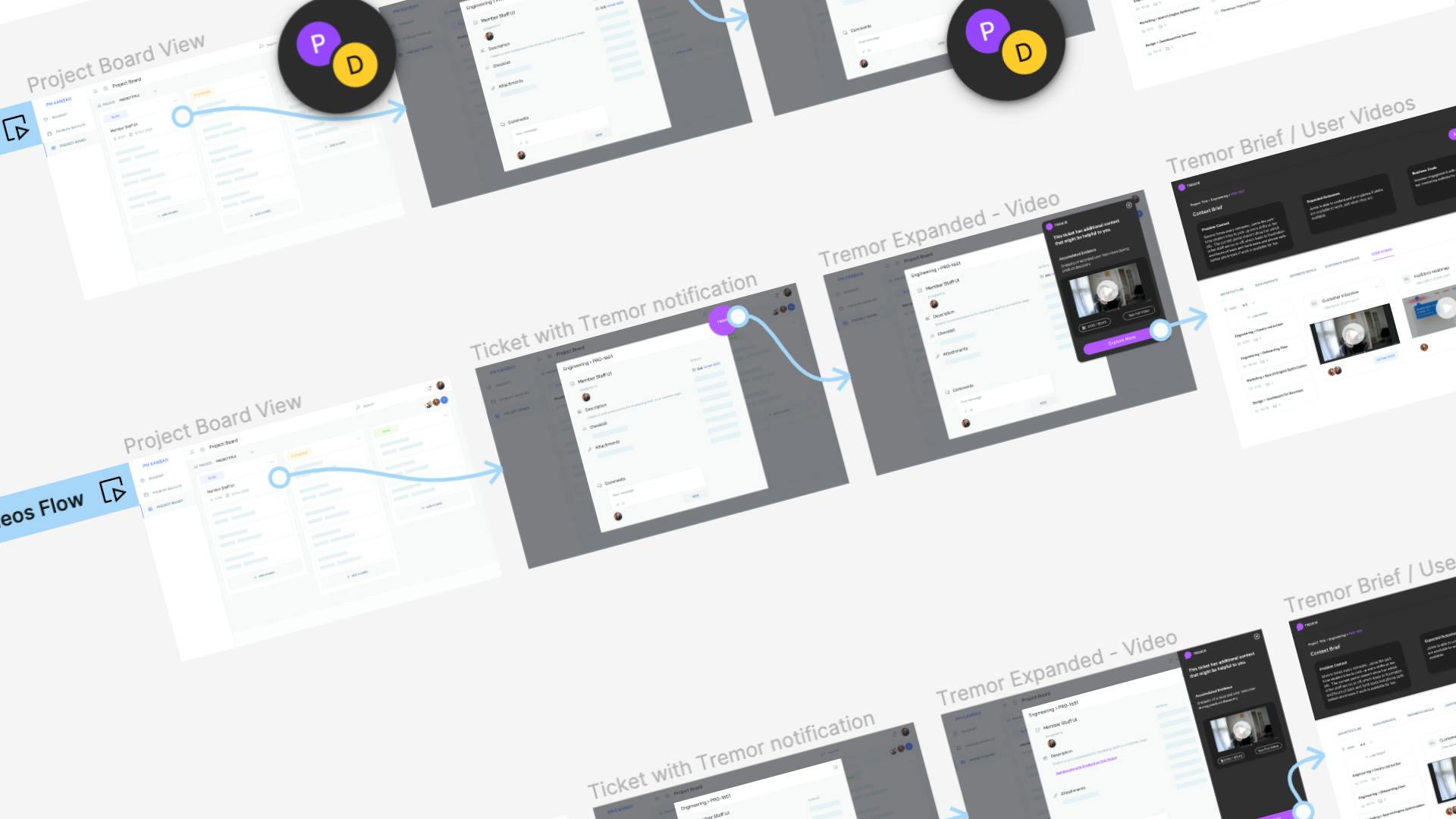Paul Young
Validating a market opportunity with product teams

Challenge
Validate market opportunity

Services
Market validation, Discovery Sprints

Outcome
Market insights uncovered, idea validated, positioned to attract co-founders and investment

Founder with an idea
The Opportunity
Paul Young is an executive leader in product management who is currently working to help educate and transform product teams to become more market-driven. Through their many years of experience working through the challenges of product market fit, they identified a fundamental problem that almost all product people can relate to: Without meaningful context, product developers continue to build product features instead of market solutions.
This problem impacts every part of the team and business, from product managers and engineers to users and stakeholders. There have been plenty of attempts to optimize communication between product teams through processes and tools, but meaningful context continues to get lost and is consistently under utilized.
Paul partnered with thoughtbot to understand the problem more fully, identify market opportunities, and test some potential solutions to determine the viability and desirability of a new product.
The thoughtbot team helped me to break down complex problems into focused opportunities to explore and validate. Not only do I now have a clear understanding and set of assumptions to continue testing, I've gained tools and a repeatable process that I'll use continually going forward.
The Process
Initial Discovery Work
The project was kicked off with market segmentation exercises. We explored many possible customers who may be experiencing the problem acutely enough to engage with a new solution. As we went through the process, thoughtbot worked with Paul to document characteristics of these potential customers, then score them based on our assumptions about the needs within these markets. After running through this process a few times, we honed in on an initial t group to focus on.
Another important aspect of discovery for this project was understanding how people were currently solving the problems we identified. What tools and processes were they using to drive context and requirements through the product development process? There are some obvious competitors that have become industry standard tools (ie. Atlassian product suite), but understanding where the gaps were in this product ecosystem was critical to the next phase of validation work.

Running Product Experiments
This is where the approach becomes a bit more scientific. With a target customer in mind, we can start to track assumptions we’re making about them and explore and test potential opportunities.
As with all Product Design Sprints, the team started by formulating a problem statement and hypothesis (potential opportunity), and began ideating on a solution. In parallel, we worked on sourcing the right candidates to test with, using tools like userinterviews.com. We moved straight into creating a test table which helps us determine the riskiest assumptions to test–generating a prototype test plan and user interview script.
Revisiting Market Segments
You would love to think that all of your assumptions will be validated and the opportunity will emerge with such clarity that there’s no need to start over, but that’s not the reality! And that’s precisely what this process is all about avoiding. The value in this work comes from both reaching a decision about the right nex step as well as participating in and learning a process that will need to be engaged in continuously throughout a product’s life.
With the first round of testing, we invalidated some of our assumptions but discovered some potential opportunities with another market segment we hadn’t initially focused on. We revisited our market segments and developed a new target (along with hypothesis and assumptions) for our next rounds of tests; this time, focusing on the qualitative information we could get from user interviews without the introduction of a new prototype.

Continuous Discovery
Spending time talking to and understanding your customers is critical to the success of any product and business. After all, that’s the problem Paul Young is trying to solve for other product teams. Revisiting the market segment work and deepening our knowledge of competitors helped strengthen our solutions and get closer to a viable path forward.
The Outcome
Positioned for investment
thoughtbot conducted over 30 interviews with industry experts, potential customers, and people proximate to the problem as we understood it. These interviews produced valuable insights into both the perceived problem and the existing “solutions”, making it clearer which opportunities to focus on next.
Paul Young came away with some key findings which made a case for continuing to pursue this product idea. With a refined problem statement and more solutions to test, they are in a great position to attract co-founders and investment.